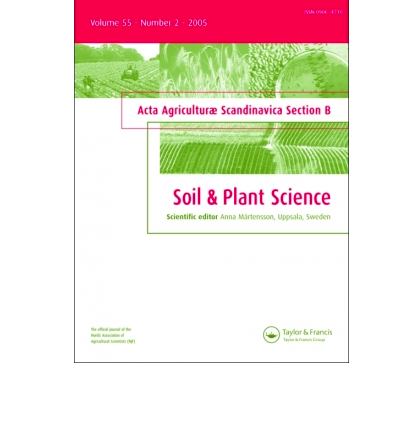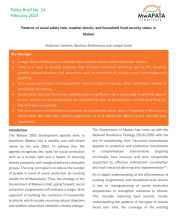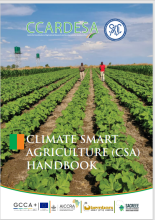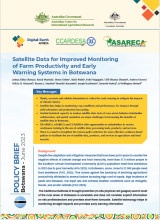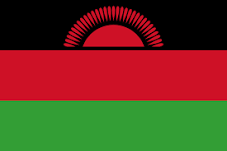Three sweet potato cultivars (A40, A45 and 199062.1) were planted in three small-scale farms located under different agro-ecological zones of KwaZulu-Natal. The objective was to assess growth, physiological responses and yield of the sweet potato cultivars under low-input agricultural system and different environmental conditions. Sweet potato planted at Richards Bay (28°19'S; 32°06E), a coastal sandy soil location, recorded low stomatal conductance(SC; 102.2 m moles m−2 s−1) and chlorophyll content index (CCI; 29.4). This consequently resulted in reduced vine length, leaf number and branching of sweet potato plants. Environmental conditions in that location (Richards Bay) such as high evapotranspiration, high temperatures and low water retention capacity of sandy soils created drought stress condition. This caused reduction in photosynthetic activities and translocation to the harvestable plant parts. The other two locations (Deepdale at 28°01'S; 28°99'E and Umbumbulu at 29°98'S; 30°70'E) located further from the coast and characterized by clayey soils recorded higher SC and CCI. Branching and number of leaves were significantly influenced by locations and growing season while vine length varied with locations, indicating specific varietal adaptation. Biomass and storage root yield followed a similar trend as plant growth and physiology. Richards Bay recorded very low biomass and storage root yield (5.4 and 5.0 t ha−1) in both seasons while Deepdale recorded higher yields (42.0 t ha−1) during the first growing season. Yields reduced by 67% (13.6 t ha−1) in the second season. Storage root yields from Umbumbulu were stable in both growing seasons (29.4 and 28 t ha−1 during seasons one and two, respectively). Adding fertilizer only improved storage roots yield in Richards Bay, otherwise cultural practises were responsible for storage root yield increases in Deepdale and Umbumbulu. Orange-fleshed sweet potato cultivar A45 showed good environmental plasticity while cultivar 199062.1 responded well to fertilizer application. This indicated its suitability for use in food security programmes under low-input agriculture.
Sweet Potato response to low-input agriculture and varying environments of KwaZulu-Natal, South Africa: Implications for food security strategies
Content Type:
Curated Content
Funding Partner:
Date of publication:
January, 2015
Institution:
Soil & Plant Science
Copyright/Licence:
Language:
Gender marker:
Youth marker:
Description/Abstract:
Partners:
Theme:
Keywords:
sweet potato cultivar, low-input agriculture, environments, locations, small-scale farmers
Contact name (for further information):
Nozipho M. Motsa
Contact email (for further information):
Contact institution (for further information):
University of KwaZulu-Natal
Country/Region:
South Africa
Target audience:
CCARDESA Category:

